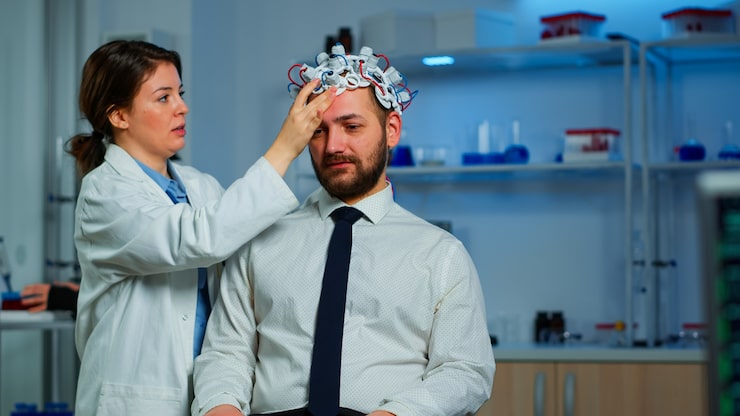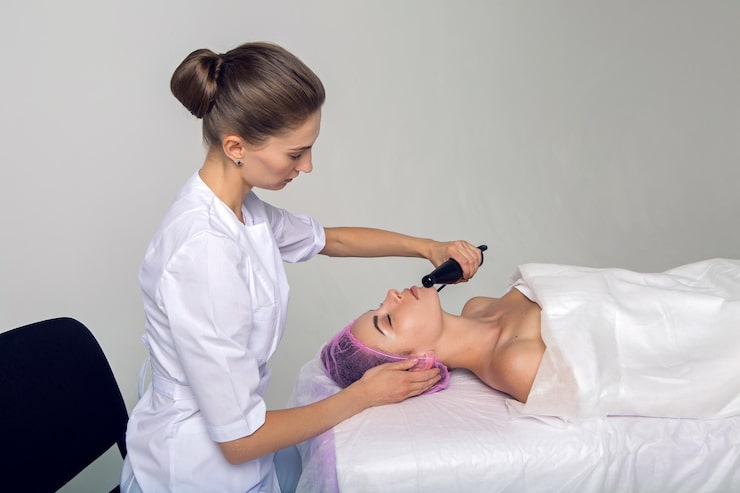
Dizziness can be more than just a fleeting inconvenience. For many people, it is a disruptive and even frightening experience that interferes with daily activities. Whether it comes in the form of lightheadedness, imbalance, or spinning sensations, dizziness is often a sign that something is off in the body’s balance system. Fortunately, modern approaches in dizziness treatment and targeted vestibular therapy offer effective solutions that help patients regain control and stability.
Understanding Dizziness and Its Causes
Dizziness is not a condition on its own but a symptom that may arise from a wide variety of causes. The vestibular system—located in the inner ear—is primarily responsible for balance, spatial orientation, and coordination. When this system is disrupted, dizziness often follows.
Common causes of dizziness include:
- Benign Paroxysmal Positional Vertigo (BPPV): A condition caused by tiny crystals in the inner ear shifting out of place.
- Inner Ear Infections: Such as labyrinthitis or vestibular neuritis, which inflame balance nerves.
- Meniere’s Disease: A chronic inner ear disorder causing episodes of vertigo, hearing loss, and ringing in the ears.
- Neurological Conditions: Including migraines or nerve-related disorders.
- Other Triggers: Low blood pressure, dehydration, and medication side effects.
Identifying the root cause is essential because it guides the right path toward dizziness treatment.
Why Dizziness Should Not Be Ignored
Many people dismiss dizziness as a minor issue, but ongoing or severe episodes can increase the risk of falls, accidents, and reduced quality of life. For older adults, the risk of injury from dizziness-related imbalance is especially concerning. Additionally, untreated dizziness can lead to anxiety, avoidance of physical activity, and social withdrawal.
Seeking professional evaluation ensures that underlying issues are addressed, and effective treatments can be introduced early on.

Approaches to Dizziness Treatment
Effective dizziness treatment varies depending on the underlying cause. Healthcare professionals may use one or more of the following approaches:
Medical Interventions
Doctors may prescribe medications to manage dizziness related to infections, migraines, or fluid buildup in the inner ear. For example, antibiotics, anti-inflammatory drugs, or diuretics may be used in certain cases.
Lifestyle Adjustments
Simple changes can make a big difference, such as:
- Staying hydrated to prevent low blood pressure-related dizziness.
- Limiting caffeine, alcohol, and salt for inner ear conditions like Meniere’s disease.
- Practicing stress management techniques, since stress can worsen dizziness symptoms.
Vestibular Rehabilitation Therapy
When dizziness stems from vestibular dysfunction, one of the most effective treatments is vestibular therapy. This is a specialized form of physical therapy designed to retrain the brain and body to compensate for inner ear imbalances.
What Is Vestibular Therapy?
Vestibular therapy, also known as vestibular rehabilitation therapy (VRT), involves customized exercises to improve balance, reduce dizziness, and enhance stability. It focuses on helping the brain adapt to changes in the inner ear or to rely more heavily on other senses, such as vision and body awareness.
Key Goals of Vestibular Therapy
- Reduce Dizziness: Exercises help minimize vertigo and unsteadiness.
- Improve Balance: Training the body to react more effectively to shifts in position.
- Enhance Coordination: Restoring smooth and stable movement.
- Build Confidence: Allowing patients to return to daily tasks without fear of imbalance.
Common Vestibular Therapy Techniques
- Canalith Repositioning Maneuvers: For conditions like BPPV, gentle head movements are used to reposition inner ear crystals.
- Balance Training: Standing, walking, or moving on different surfaces to challenge stability.
- Gaze Stabilization Exercises: Eye movement exercises to reduce visual blurring and dizziness.
- Habituation Exercises: Gradual exposure to movements that trigger dizziness, helping the brain adjust over time.
Each treatment plan is tailored to the individual’s symptoms and lifestyle needs, making vestibular therapy highly personalized.
Benefits of Vestibular Therapy in Daily Life
The advantages of vestibular therapy go beyond symptom relief. Patients often report:
- Better ability to walk, drive, or perform household tasks without fear of imbalance.
- Increased participation in social and physical activities.
- Reduced anxiety and improved confidence.
- A noticeable improvement in overall quality of life.
In many cases, vestibular therapy offers lasting relief, empowering patients to manage their symptoms and prevent future flare-ups.
Taking the First Step Toward Stability
If you experience ongoing dizziness, it is important not to self-diagnose or ignore it. Consulting a healthcare provider can reveal the true cause and guide you toward effective solutions. With the right care, dizziness no longer has to dictate your daily life.
Conclusion: Regaining Balance and Confidence
Dizziness can feel overwhelming, but with modern approaches to dizziness treatment and specialized vestibular therapy, lasting relief is possible. By addressing the root causes and using targeted exercises, patients can restore balance, improve stability, and return to normal activities with confidence. For those ready to take the first step toward recovery, seeking professional support is key.
At Performance Physical Therapy, patients receive expert guidance and personalized vestibular therapy programs designed to help them move from dizzy spells to lasting stability.














